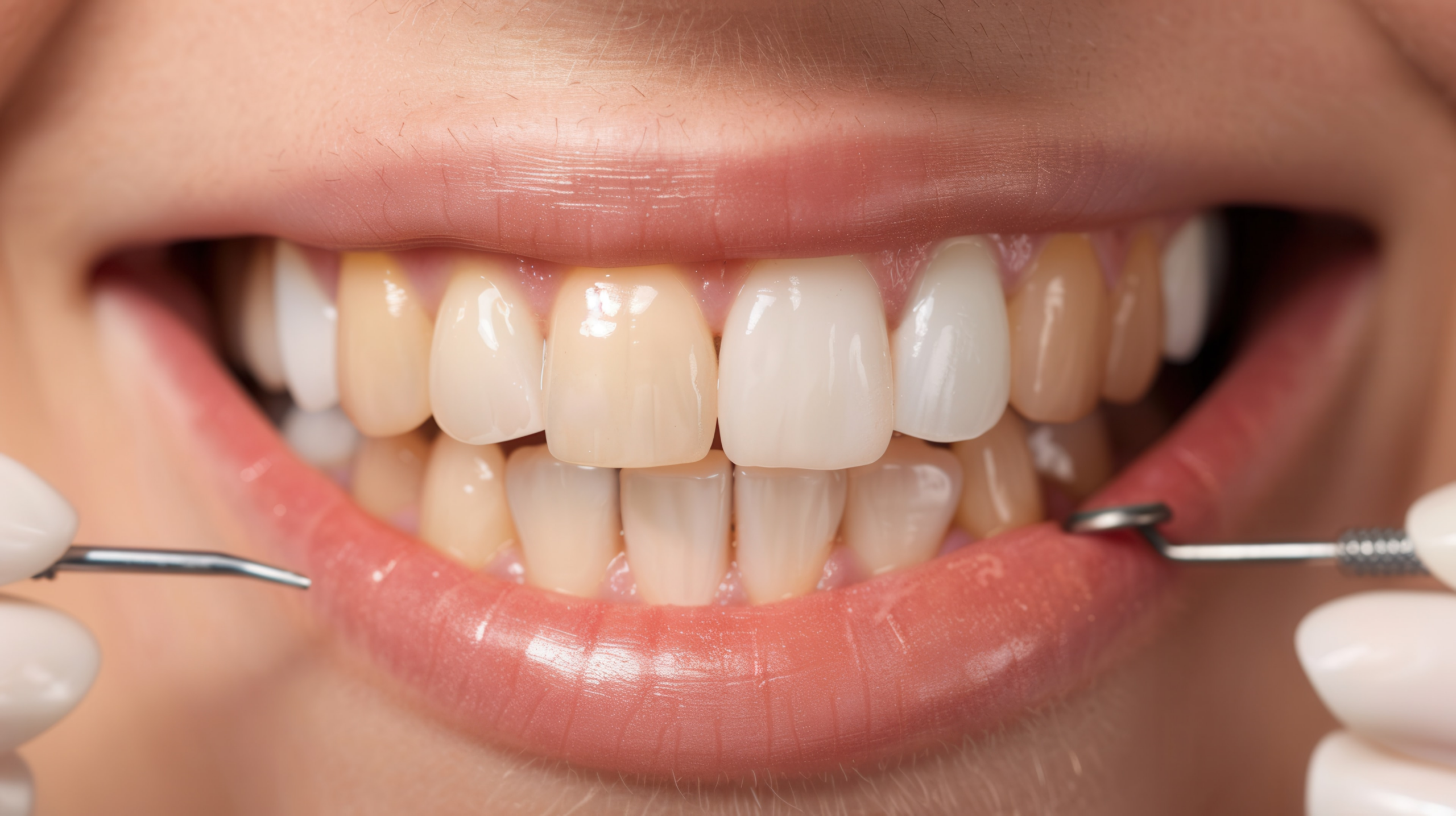By Drs. Seth and Dana Keiles, Northern Westchester Dental Care
I am often asked by patients and friends to recommend dental products. With so many choices in the pharmacy, grocery store, and online, it’s no wonder people are confused.
The mouth is the most contaminated part of the human body. Billions of microorganisms from more than 400 different species live in the mouths of every adult. Preventative care is the most effective, common sense way to improve health. Here are some general guidelines for selecting the perfect toothbrush:
Tooth Brushing Is A Universally Accepted First Line Of Defense Against Not Only Cavities But General Illness
When used correctly, at least twice daily, quality toothbrushes remove many different types of microorganisms from the mouth. It is extremely important to purchase the correct toothbrush and use it correctly. You should only buy soft or ultra-soft bristled brushes. Medium and hard bristles do not, as many people believe, clean your teeth more effectively. In reality, they increase the likelihood of damaging your gums and enamel and shouldn’t even be on the market.
Like Most Things In Life, You Get What You Pay For, So Don’t Look For The Cheapest Brush
For manual brushes, make sure the handle of the brush fits comfortably in your hand and the head of the brush isn’t be too big or too small to reach easily to the outside of the top back teeth. For electric brushes, I recommend Sonicare and Oral-B. There are many different handles and brush head types. Again, try to find a handle that fits comfortably in your hand and a brush head that is just right for your mouth. There are various brush heads for orthodontics (braces), periodontal disease, a small mouth, etc. Order the fewest number of brush heads to start and make sure you like it, then stock up.
Change Your Manual Brush Or Electric Brush Head Regularly
You should change it every 2 to 3 months and more often if you have chronic illnesses like diabetes or heart disease or you have a history of tooth decay.




